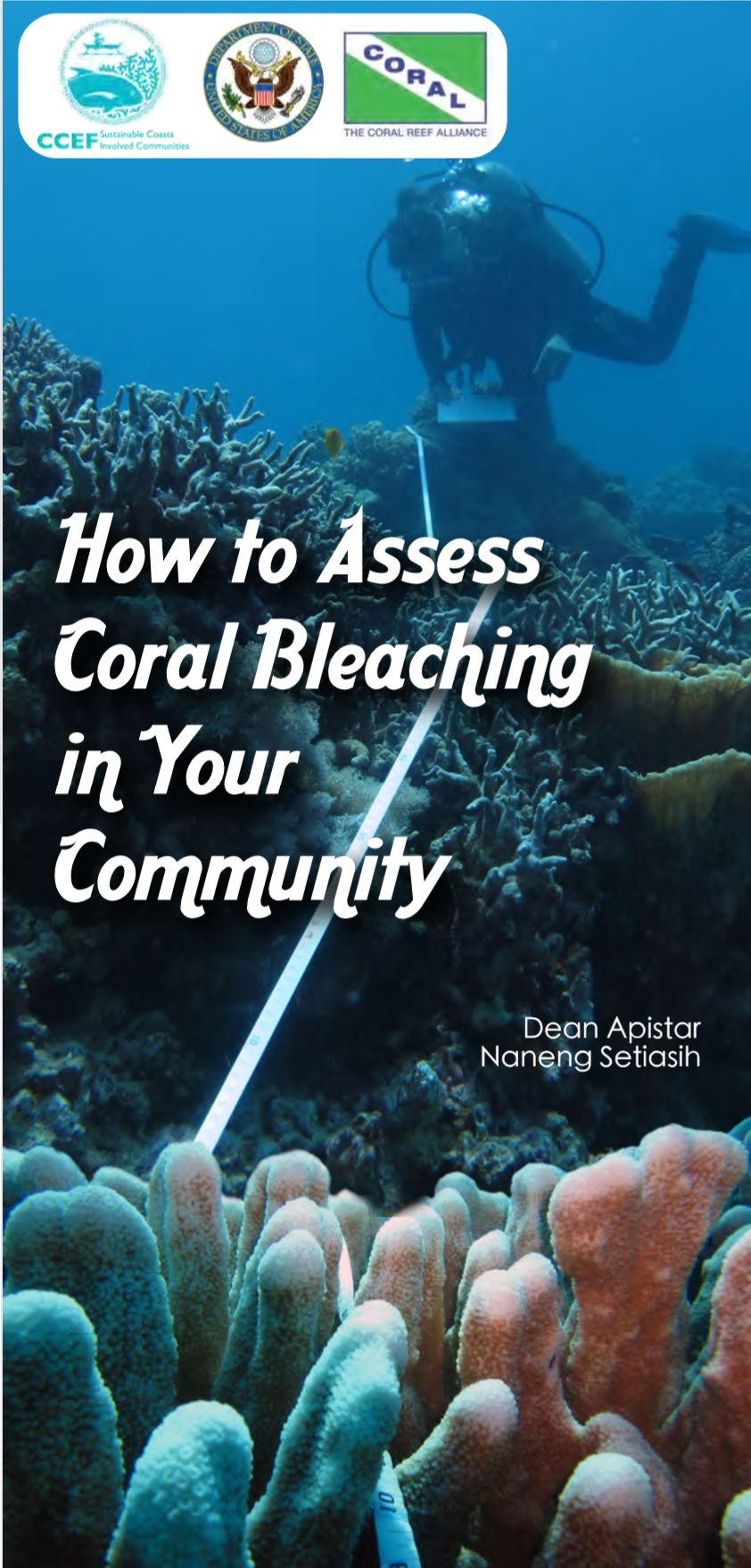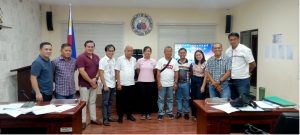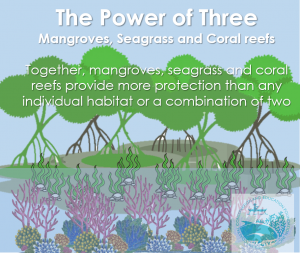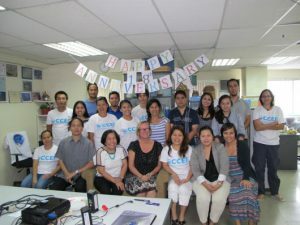The Philippines is located at the apex of the Coral Triangle and is acknowledged as the world’s center of marine biodiversity (Carpenter and Springer, 2005). It’s colorful reefs are home to thousands of marine species which provide food and alternative livelihood through eco-tourism businesses in coastal areas. Sadly, the degradation of coastal ecosystems are highly evident as revealed by high levels of threats (overfishing, destructive fishing practices, unsustainable coastal development, sedimentation and pollution) on coral reefs (Burke et al., 2002, 2011). In addition to these anthropogenic factors, mass coral bleaching caused by increased sea surface temperature due to global warming are now becoming more apparent as well. Hence, adding more pressure to the already dwindling condition of our coastal resources.
Mass coral bleaching is when corals lose their symbiotic algae called “zooxanthellae” causing them to turn pale. If not able to recover immediately, they eventually die and later affect fish supply and other eco-tourism-related resources.
Realizing this serious and current issue, the Coastal Conservation and Education Foundation, Inc. (CCEF) took on a micro-grant project through the support of the United States Department of States’ (USDOS) Bureau of Oceans, Environment and Science, in collaboration with Coral Reef Alliance (CORAL). This grant helped CCEF in its effort to educate local coastal communities on how to make their reefs more resilient to climate change and global warming.
This small project was led by CCEF’s Research and Monitoring Team (ReMoTe) Leader, Dean Apistar, who represented CCEF at the “Reef Resilience Training Workshop” at Bali, Indonesia last May 2011, among representatives from other countries like Malaysia, Indonesia and Fiji. Having assessed that there is are a lack of initiatives on awareness about coral bleaching in the Philippines, CCEF geared the project specifically towards organizing a management body and creating information, education and communication (IEC) materials, such as manuals, posters and stickers, about Coral Bleaching.
This project began its quest in building resilience in the reefs of Siquijor, with the primary objective of organizing and capacitating a local community watch group with the necessary skills to detect, monitor, and respond to coral bleaching events in their reefs. In April 2012, at San Juan, Siquijor, CCEF facilitated a two-day training on assessment and monitoring of coral bleaching. Attendees were from the Provincial MPA Monitoring Team (PMPAT), the People’s Organization of Maite Marine Sanctuary: Maite Fisherfolk Association (MAFIA), Maite Resource Development Association (MRDA), and representatives from the Office of the Provincial Agriculturist/Department of Agriculture. Participants were thoroughly oriented on issues regarding coral bleaching and climate change,. Participants were also trained to detect, assess and manage coral bleaching. Further, A Bleaching Response Plan was also introduced and explained to them and they were encouraged that it be followed and incorporated into their Marine Protected Area (MPA) management plan.
Data collected from surveys and actual hands-on activities now serve as future reference for the PMPATS and the local community as the baseline data of the condition of their reefs. If ever a bleaching event occurs, they will now know the percentage and extent of the damage to their reefs. Further, they will also have data to share with partner organizations, agencies, media, and universities so that future bleaching events in the Central Philippines can be fully documented, responded to appropriately, hopefully be mitigated.
A highlight of this endeavor was when CCEF published their first local monitoring manual about Coral Bleaching, entitled: “How to Assess Coral Bleaching in Your Community”. The authors, Dean Apistar of CCEF and Naneng Setiasih of Coral Reef Alliance, developed this booklet as a creative easy-read for local community members. This way they would better understand what coral bleaching really is, why it occurs, how to identify and asses their reefs, and what to do when actual bleaching is observed in their areas.
After the release of this publication, CCEF hopes that the pioneering coral bleaching watch group of Siquijor will continue to be vigilant guardians of their reefs. They hope that these community members will serve as good models for other MPA management bodies to participate in necessary functions to strengthen awareness and push marine conservation efforts forward.
Anna Helen Yap




